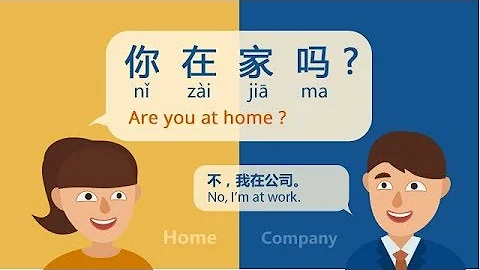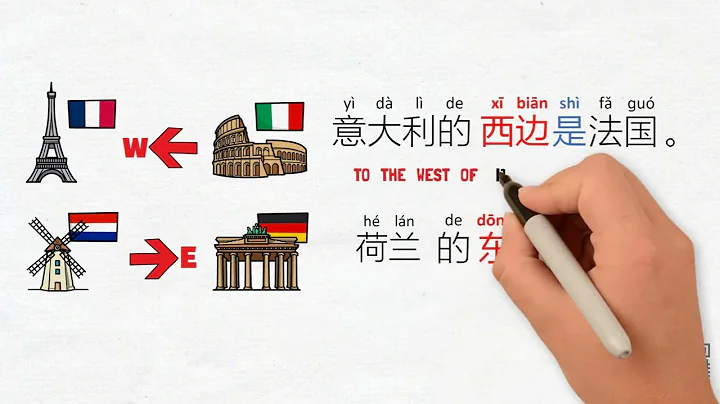text | Jiaxing place name

There used to be a township called Jingxiang Township in the southeast of Jiaxing City (formerly Jiaxing County). The township was evacuated earlier and may not be remembered by future generations.
During the first nationwide census of place names in 1981, there were 30 people's communes in Jiaxing City (at the county level), and Jingxiang People's Commune was one of them. In 1984, when the government and social agencies were separated, the people's communes were changed to townships.
In 1992, the province carried out the work of withdrawing districts, expanding towns and merging townships. Jingxiang Township was the first township to be withdrawn and merged in the suburbs of Jiaxing City (the other was Xinnong Township).
During the major adjustment of the administrative divisions of Jiaxing City in 2000, 4 towns and 3 townships in Xiuzhou District (former suburbs) were placed under Xiucheng District (now Nanhu District). At this time, there was no Jingxiang Township organization. exists.
The original Jingxiang Township was connected to Caoqiao Township, Pinghu City (now Caoqiao Street) in the east, Xinhuang Town (later merged into Fengqiao Town) in the south, and Zhulin Township (later merged into ) in the west. Xinfeng Town ), facing Xinfeng Town across Pinghutang in the north, covering an area of 22.52 square kilometers.
has jurisdiction over 12 administrative villages including Henggang, Beitang, Jinfeng, Shangba, Yongji, Shoushanqiao, Yejiaqiao, Zhangjiadai, Qihuangdai, Jinzhang, Jingxiang and Yucun. The Township People's Government is located in Qihuangdai Town. The jurisdiction of Jingxiang Township was under the jurisdiction of Qifeng Town and Jali Township from the 1930s to the establishment of New China.
When the People's Republic of China was founded, it was established as Jingxiang Township. It was one of the 8 townships in Xinhuang District in the district-building townships of Jiaxing County. In 1956, Jingxiang Township, Zhulin Township and part of Jinzhang Township were merged and were still called Jingxiang Township.
In the autumn of 1958, the four townships of Jingxiang, Xinfeng, Buyun and Daqiao merged to form the Hongqi People's Commune, later called Xinfeng People's Commune. In 1961, it was divided into five communes: Jingxiang, Xinfeng, Buyun, Daqiao and Zhulin. In 1984, it was renamed Jingxiang Township.
Jingxiang Township is one of the few towns in the administrative region that is not named after a government resident, but is named after another natural village. Perhaps it is because the Jingxiang Temple in the territory is more famous (no research yet).
Jingxiang Temple, a famous ancient temple with a history of thousands of years, was built in about 500 AD by Xie Jingrong, the Prime Minister of the Southern Qi Dynasty. It has been repaired and rebuilt many times in the past dynasties. Wanli "Jiaxing Prefecture Chronicles" contains:
" Emperor Wu of Liang bestowed it with a temple, which was later abandoned. It was rebuilt by King Hannan. In the seventh year of Tianfu, King Wusu rebuilt it. Xiangfu Wushen was renamed Jingxiang. "
In the 17th year of Emperor Kangxi's reign in the Qing Dynasty (1678), Seng Chaoji rebuilt the main hall. In the 43rd year of Kangxi reign (1704), permanent residence land was established. In the first year of Daoguang (1821), monk Shanglian rebuilt the temple and the Xianghua Bridge in the south of the temple. On both sides of the bridge pillars were engraved the couplet "Guozhen once recorded the Spring and Autumn Period of Lu, and the gate opened the ancient temple to stay in Yuanjing".
Jingxiang Temple 槜李 has long been famous. In the poem "Jingxiang Temple Jiali" written by Zhang Yaotong in the Song Dynasty, there is a line that "the earth is heavy on the cause, name and fruit, just like the oars divided into boats". Wang Tingting, a native of Xinhuang in the Qing Dynasty, said in his Pu Li Pu: "Although the plums are native to Jiaxing, Jingxiang Temple is always the first."
It is said that the fruit of Jingxiang Temple was not easily given to others. The monks stored the fruit in orchid fine porcelain covered bowl. It was regarded as a treasure of the Zen forest, and the Qing court listed it as a tribute and strictly extorted it. The temple covers an area of nearly 10 acres, has a main hall, dozens of monks' houses, and has ten rooms for monks. Some of the buildings were destroyed during the Taiping Heavenly Kingdom, and most of the buildings were destroyed during the Japanese occupation.
In the early days of the founding of New China, the remaining small part of the building (belonging to the West Room) was converted into Jingxiang Temple Primary School. Jingxiang Temple is now a natural village. Qihuangdai, this market town was originally a natural village, and the residents are mainly named Wang. Because it is located to the west of Dongwangdai, it is named Xiwangdai.
In the Qing Dynasty, market towns were gradually formed, and Xiwangdaiya was transformed into Qihuangdai, which means the place where the phoenix lives. It is said that the phoenix that once perched on the fence of Fengqiao Bridge in Fengqiao Town flew eastward to this place. In the old days, there were 7 teahouses and 4 hotels in Qihuangdai, as well as southern goods, preserved meats, medicinal materials, food stores and fish shops.

The transportation within the territory is convenient. The Zhawang Highway (Old 07 Provincial Highway) runs across the northern border. Rivers crisscross the territory. Qinglong Port in the east and west flows from north to south, and irrigation and shipping are convenient. The main agricultural products are rice and barley, as well as rapeseed, mulberry and silkworm cultivation, pigs, sheep, rabbits, and freshwater fish. The industries include cotton textiles, plastic products, agricultural machinery accessories, small hardware , cement prefabricated parts, etc. There is one middle school, 11 primary schools, a post office, a health center, a film team, etc.
In June 1992, the organizational structure of Jingxiang Township was revoked and merged into Xinfeng Town. Jingxiang Township, the name of a fourth-level administrative region, ceased to exist after more than 40 years.
--END






![Learn Chinese with Movie | The Wandering Earth - Result Complement in Chinese [Chinese Grammar] - DayDayNews](https://i.ytimg.com/vi/oow80iXlOXc/hqdefault.jpg?sqp=-oaymwEcCOADEI4CSFXyq4qpAw4IARUAAIhCGAFwAcABBg==&rs=AOn4CLBrTO0cmmQl_SJpDSYH1MtrywrADw)














